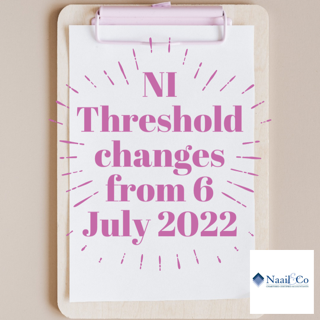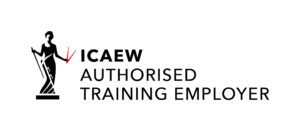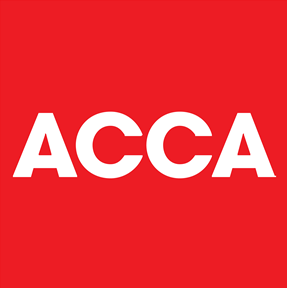NI Threshold changes from 6 July 2022
Table of Contents
HMRC has updated the guidance on changes to the National Insurance threshold due to come into effect from 6 July 2022
Overview:
The Chancellor raised the National Insurance thresholds for the 2022-23 tax year in his Spring Statement in March. Employees and self-employed people will pay National Insurance contributions on a smaller portion of their income or profits as a result of this change.
What is the new National Insurance Threshold?
From 6 July 2022, the threshold will rise by £2,690 from £9,880 to £12,570, bringing the NICs and income tax thresholds into line for the first time and potentially leading to a merging of income tax and NICs into a single threshold.
How does the new National Insurance Threshold impact us?
The increase in the threshold will save workers on average £330 in taxes, although it was implemented three months into the new tax year, the actual average savings will be £267.
Resulting into the primary threshold rising from £190 to £242, however, the upper earnings cap will stay at £967. Over this point, all employees pay a lower rate of National Insurance.
Employees will pay National Insurance at a rate of 13.25% beginning April 6, 2022, as a result of the introduction of the health and social care levy, reflecting a 1.25% surcharge on employees and employers.
The tax burden, however, remains at its highest level in 40 years, thanks to the Chancellor’s decision to freeze the base tax-free allowance for three years, until 2025-26.
With the prime minister under fire from backbenchers, there have been calls for tax cuts, with the projected fall in the base income tax rate to 19% being introduced sooner rather than later. However, when the cost of living problem impacts low and moderate earners, reverting to an annual adjustment to the tax-free personal allowance would be appealing.
HMRC guidance, Rates and allowances 2022-23
What is the National Insurance limit for self-employed people?
The National Insurance lower profits limit for self-employed people is also increasing, in line with the changes for employees. The annual lower profits limit will be set to £11,908 for 2022 to 2023. This is equivalent to 13 weeks of the threshold at £9,880 and 39 weeks at £12,570, mirroring the position for employees.
Self-employed people will also no longer be required to pay Class 2 National Insurance contributions on profits between the small profits threshold (£6,725) and lower profits limit (£11,908), but still be able to build National Insurance credits.
We will publish further information on the changes for self-employed taxpayers in due course.

Our service to you
If you are a self employed, business owner/director of company looking to get your accountancy and taxation matters sorted, look no further. We, at Naail & Co, are pro-active and easily accessible accountants and tax advisors, who will not only ensure that all your filing obligations are up to date with Companies House and HMRC, but also you do not pay a penny more in taxes than you have to. We work on a fixed fee basis and provide same day response to all your phone and email enquiries. We will also allocate a designated accounts manager who would have better understanding of your and business financial and taxation affairs. Book a free consultation call using the link below.
Related Blogs:
Get further information from the following blogs;
PAYE will be payable by direct debit to HMRC
PAYE tax avoidance promoters – Named & shamed
Statutory sick pay rebate scheme reinstated
Covid support measures come to an end
Businesses pay back £1.3 billion of furlough
Tax free earnings for teenagers capped at £1,000
Employers named and shamed for paying less than minimum wage
Subscribe to our newsletter
BUSINESS HOURS
Monday – Friday
- 9:00 am – 5:30 pm
Pages:
Menu








